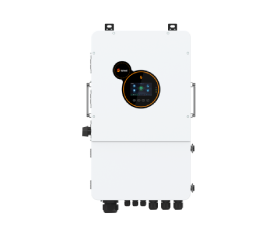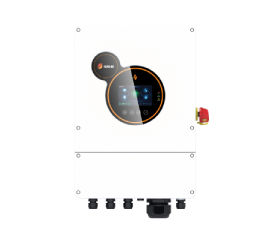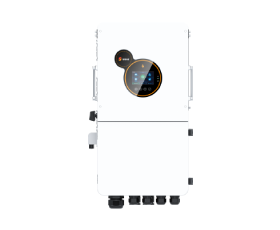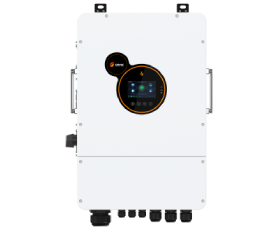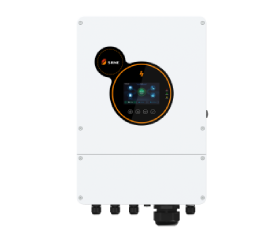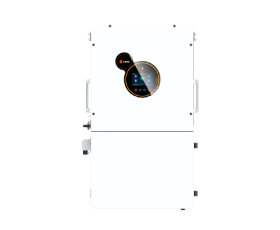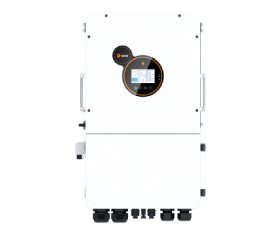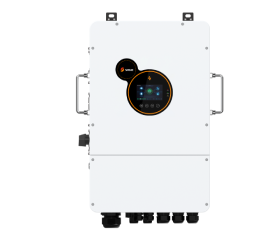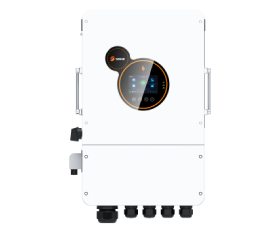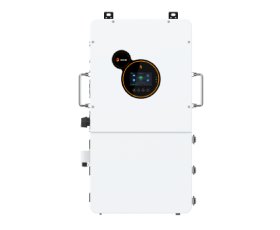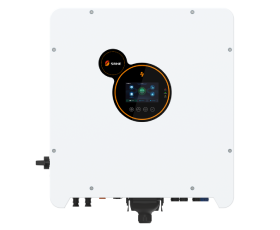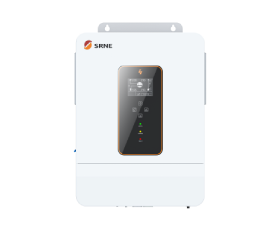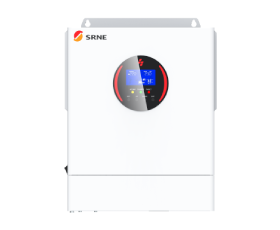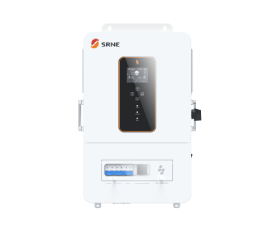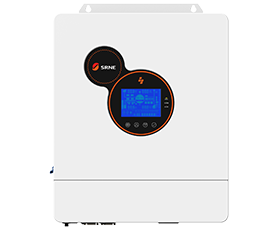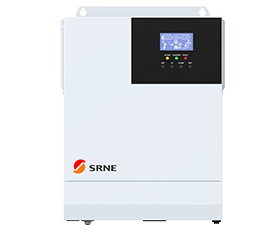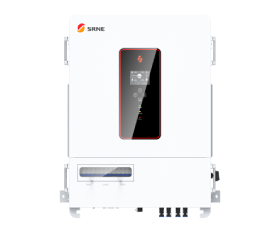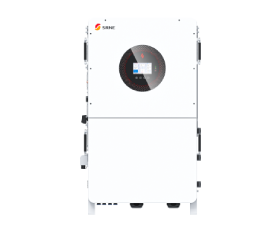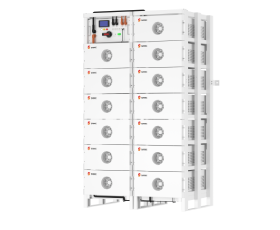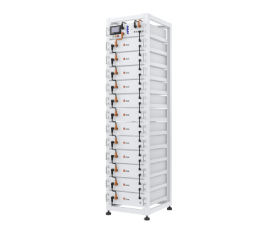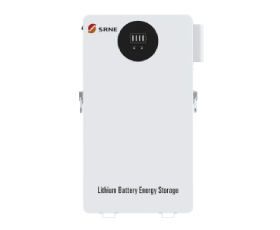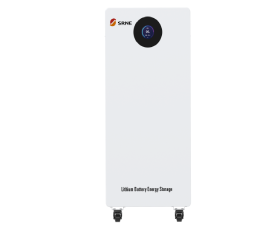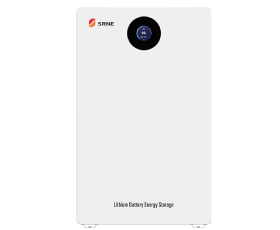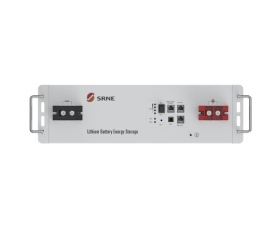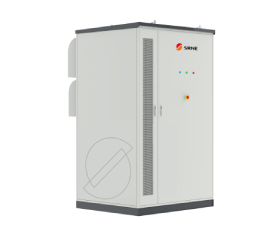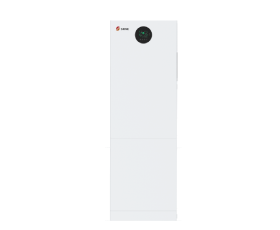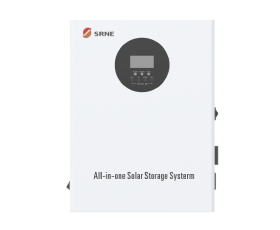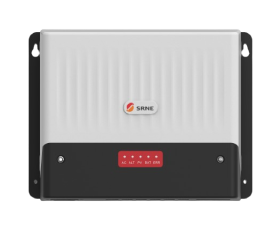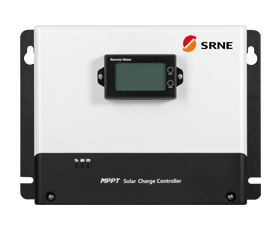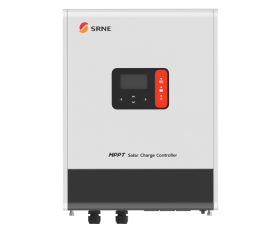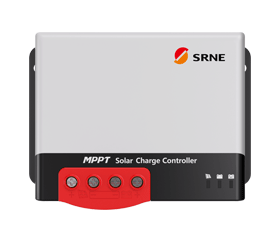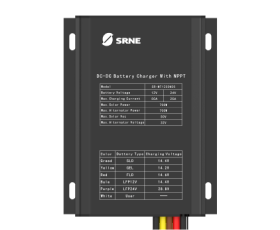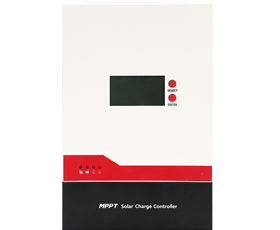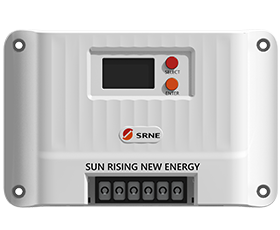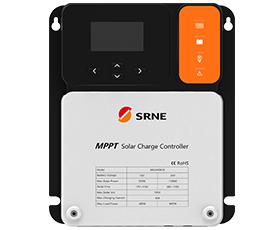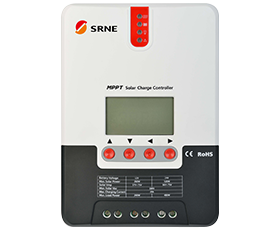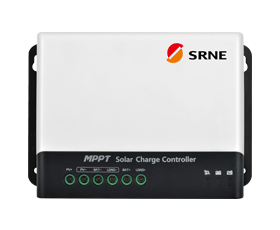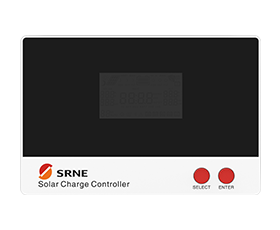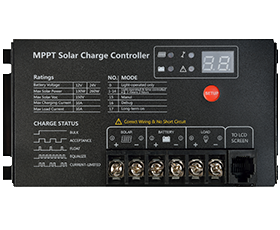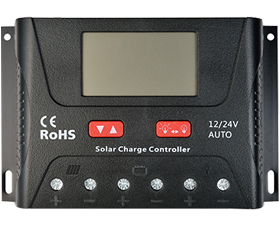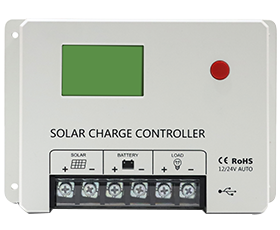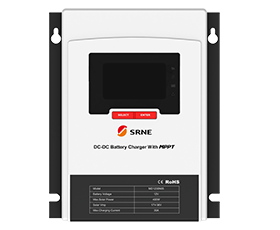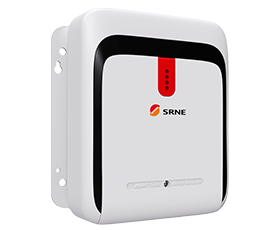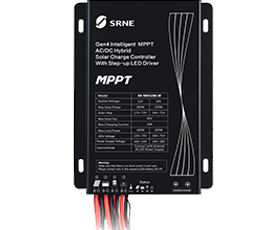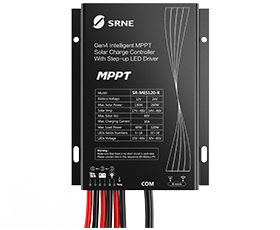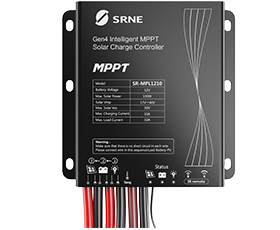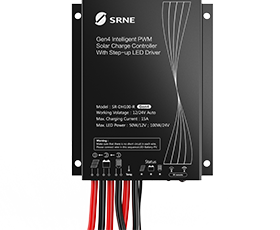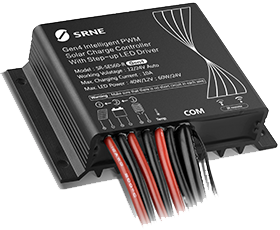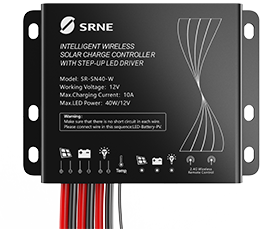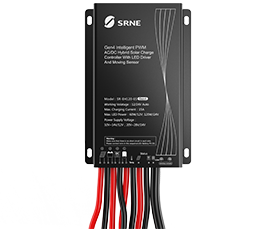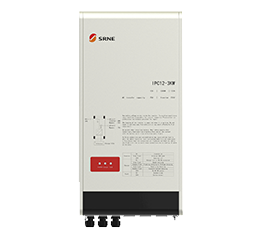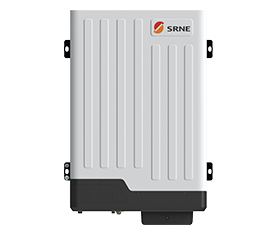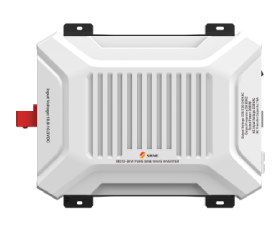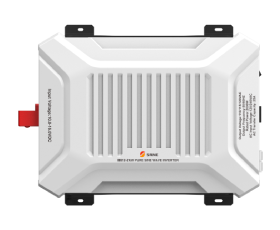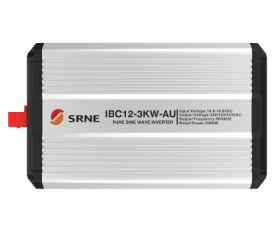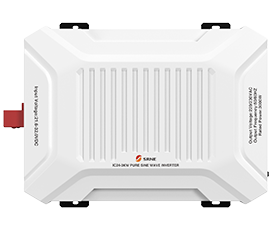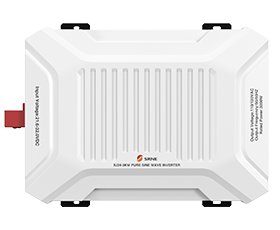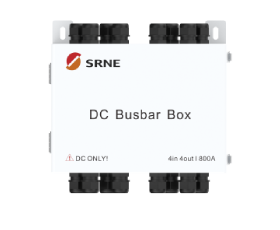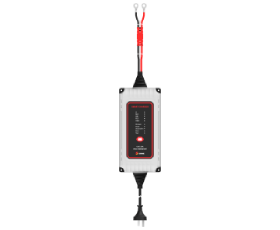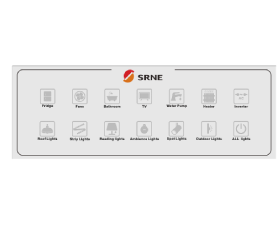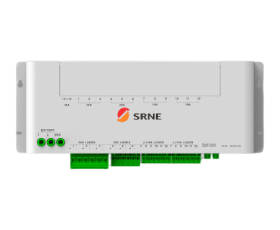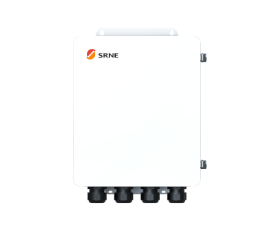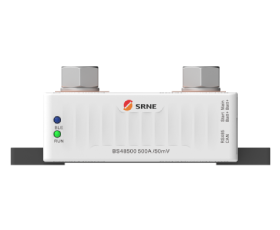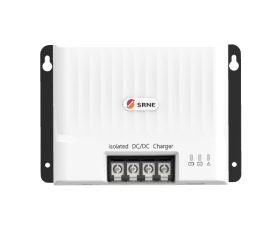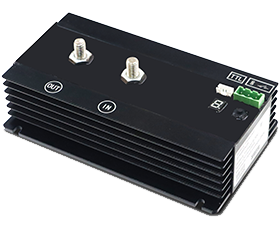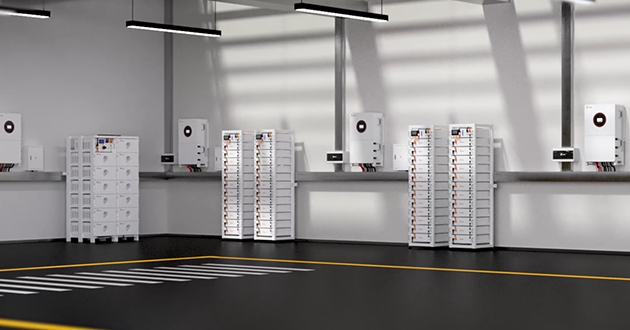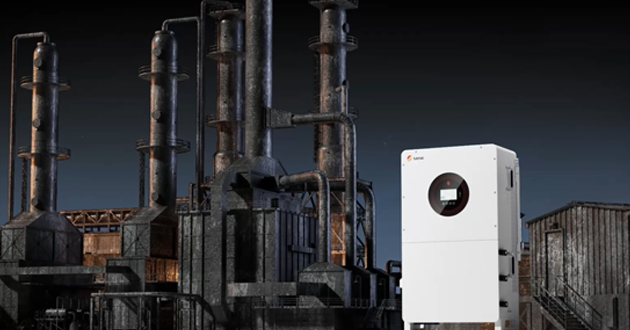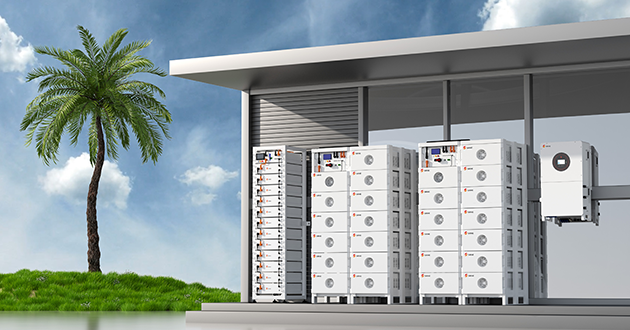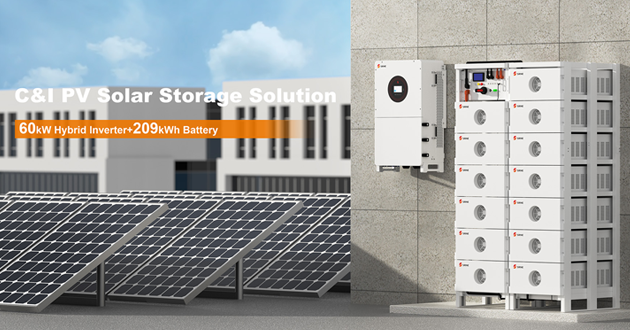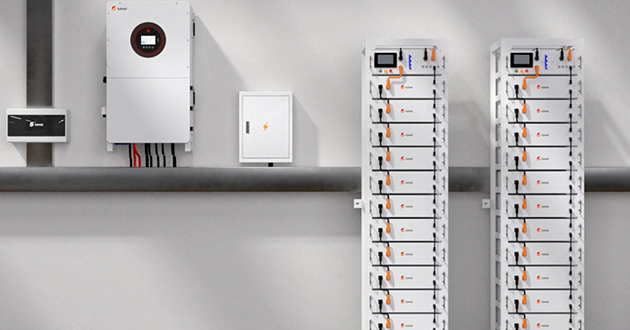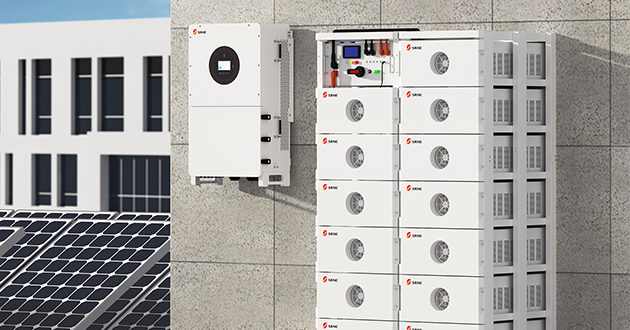What Is Commercial Energy Storage ?
Commercial energy storage turns on-site batteries and power electronics into a controllable resource for cost, resilience, and sustainability. This guide walks through how commercial energy storage works (charging, storing, discharging, managing), the key business benefits and use cases, and how to size and design a system for your site.
We also outline the value stack and economics, plus the safety, codes, and interconnection essentials you’ll need before commissioning.
How Commercial Energy Storage Works
Charging
In a commercial energy storage system, surplus power is absorbed during off-peak tariff windows or from on-site PV/wind. Dispatch logic favors low prices and excess renewables, and can pre-charge ahead of forecasted peaks or storms using tariff, weather, and load predictions. Chargers observe transformer kVA limits and site demand caps to avoid creating new peaks while maximizing low-cost intake. Absorbing midday PV overgeneration also trims curtailment.
Storing
Commercial energy storage typically relies on LFP lithium-ion banks governed by a BMS for cell balancing, protection, and accurate state-of-charge/health. Modules and racks are monitored individually so a weak string doesn’t bottleneck the fleet. Thermal control—HVAC or liquid cooling—keeps cells in the sweet spot for cycle life. Layered safety (detection, isolation, suppression) limits fault propagation.
Discharging
When prices spike or an outage hits, commercial energy storage supplies loads, caps demand peaks, and keeps operations online. Dispatch follows site policies—demand ceilings, critical-load priority, and ramp-rate limits—to prevent process shocks and inrush issues. UPS-grade transfer smooths ride-through during sags or failures. Reserve SOC and depth-of-discharge are managed to protect longevity while preserving backup headroom.
Managing
An EMS coordinates PV, batteries, the C&I Storage Inverter, and the grid/gensets within your commercial energy storage asset to meet cost and resilience targets. It blends rule sets with forecasts (tariffs, weather, production schedules) to schedule charge/discharge and enforce limits. The EMS links to SCADA/BAS and market platforms for demand response and ancillary services. Fleet-wide monitoring, role-based access, cybersecurity, and audit trails underpin reliable, compliant operations.
Commercial Energy Storage System Benefits for Businesses
Cost reduction
With commercial energy storage system, facilities shift consumption to low-rate periods, cap coincident demand peaks, and maintain target power factor to avoid surcharges. A site EMS plans charge/discharge against TOU tariffs and demand limits using price curves and short-term forecasts to pre-empt spikes. It respects transformer and contract thresholds while flattening the load shape, and interval-data M&V reports make the savings clear for finance and operations.
Power reliability
Commercial energy storage keeps operations running through voltage dips and outages with rapid transfer and controlled ramping. The system can island priority circuits and coordinate with gensets on weak feeders to keep critical processes online. Reserved SOC preserves backup runtime when needed, while soft-start and ramp limits prevent inrush and flicker that could trip sensitive equipment.
Renewable integration
Pairing on-site PV/wind with commercial energy storage system absorbs midday surplus, prioritizes self-use ahead of export, and reduces curtailment. Flexible AC/DC coupling lifts renewable yield and strengthens energy autonomy with a steadier supply profile. Dispatch rules enforce export caps and adjust SOC targets for weather and seasonal swings to keep production predictable.
Grid stability
As a grid-interactive asset, commercial energy storage delivers fast real and reactive power to ease local congestion at peaks while supporting frequency and voltage. Functions like droop control and Volt-VAR/Volt-Watt smooth fluctuations and improve site power quality. Participation in demand response and reserve programs adds revenue alongside the stability benefits for both the facility and the surrounding network.
Top Use Cases for Commercial Battery Storage
Peak shaving & energy arbitrage
With commercial battery storage, sites charge in low-rate periods and discharge during peak windows to cut utility costs. The EMS enforces demand caps to shave coincident peaks and schedules dispatch using price signals and short-term forecasts. It respects transformer and contract limits to avoid new peaks, flattening the load profile so both demand (kW) and energy (kWh) charges fall. Interval-meter M&V then validates the savings.
Backup power / ride-through
Commercial battery storage keeps priority loads online through voltage sags and outages with seamless transfer and controlled ramps. Systems can island critical buses, synchronize with gensets on weak feeders, and maintain stable frequency and voltage during faults. Reserved SOC preserves backup runtime, while soft-start curves limit inrush and flicker that could trip sensitive equipment.
Renewable self-consumption & curtailment reduction
Pair on-site PV/wind with commercial energy storage to absorb midday surplus, serve on-site demand first, and comply with export limits. Flexible AC/DC coupling captures more renewable energy and boosts autonomy with a steadier supply. Dispatch rules tune SOC targets for weather and seasonality, improving utilization and long-term ROI on generation assets.
Demand response & ancillary services
As a grid-responsive asset, commercial battery storage provides fast, bidirectional capacity for frequency regulation, voltage support, and reserves—unlocking market revenue. EMS integrations with aggregators/ISOs enable automated enrollment, baseline tracking, and telemetry compliance. Stacked revenues complement bill savings to strengthen project economics without disrupting operations.
Industrial microgrids & edge-of-grid sites
Coordinate PV, storage, loads, and gensets with commercial energy storage to harden weak or remote feeders and reduce fuel and O&M. Systems ride through flicker and other disturbances, optimize genset runtime, and enforce load-shedding priorities when islanded. The result is resilient, lower-cost power for constrained, remote, or mission-critical facilities.
Power quality (PF correction, sags/swells, imbalance)
Deployed as a conditioner, commercial energy storage stabilizes voltage, smooths ramps, and mitigates sags, swells, and three-phase imbalance. Inverters supply or absorb reactive power to meet PF targets and reduce penalties, improving equipment headroom. Better power quality extends asset life and keeps sensitive processes within tolerance.
Commercial Energy Storage: Sizing & Design Method
Load profiling
Start with 15-/5-minute interval data to locate coincident peaks, seasonal swings, and how critical loads behave across the day. Turn that profile into a demand cap and a minimum backup runtime for your commercial energy storage system. SRNE’s 50–60 kW class fits mid-size factories, office buildings, cold stores, and farms—smaller units may miss peak power, while larger units inflate CAPEX. If peaks exceed a single unit, use parallel expansion to add headroom and scale into the hundreds of kW without day-one overbuild.
Power/energy ratio (kW:kWh)
Size kW for peak clipping and ride-through, and kWh for the required duration in your commercial battery storage design. Verify C-rate, continuous rating, 1.1× sustained overload, and ramp limits so the inverter meets the demand cap without stressing cells. Dual independent battery inputs (75 A each) let you mix new and legacy packs and phase capacity increases as operations grow.
PV & charging windows
Map PV nameplate and charging windows to TOU tariffs, export caps, and curtailment risk typical of commercial energy storage sites. Confirm charger current, transformer kVA, and feeder ampacity for pre-charging ahead of peaks. With SRNE, 4 MPPT / 8 strings (40 A per input) and up to 90 kW PV input provide ample headroom for hybrid PV+storage; if production expands, parallel units extend coverage without changing the architecture.
Battery chemistry & thermal
Choose LFP/NMC based on cycle life, throughput warranty, ambient range, and safety for commercial energy storage deployments. Specify HVAC or liquid cooling to keep cells in their optimal band, accounting for enclosure derates and altitude. Two-channel battery management simplifies later capacity additions without rebuilding the rack.
Site constraints
Plan footprint, acoustics, indoor/outdoor rating, and clear access for delivery and service—common gating items in commercial energy storage projects. Include fire setbacks, egress and ventilation clearances, conduit routing, and grounding. A parallel-ready layout preserves space and cable paths for future SRNE blocks; installation-friendly touches (lifting rings, base supports, quick-connect junction box) further shorten onsite time and labor.
Commercial Energy Storage System Value & ROI
Bill savings
In commercial energy storage system deployments, blend demand reduction (kW) with energy arbitrage (kWh) under TOU tariffs. Use baselining and interval-meter M&V—normalized for weather and production—to attribute savings to dispatch. Account for round-trip losses, auxiliary loads, and demand ratchets so forecasts reconcile with invoices. Coordinate demand caps with forecast price windows and holidays to avoid rebound peaks while maximizing low-cost charging.
Market revenues
Where available, enroll commercial energy storage resources in DR events, frequency/voltage support, and capacity programs. Confirm telemetry cadence, response time, and availability commitments; most markets require pre-qualification tests and continuous performance reporting. Hold reserve SOC and enforce ramp-rate limits so events don’t conflict with site operations, and model seasonality/event probability to protect battery throughput.
Stacking rules
For a commercial energy storage fleet, give each kWh a single purpose at any moment. Set a clear priority order—safety and backup reserve first, tariff savings second, market services third—and encode it in EMS logic. Respect export caps, program rules, warranty throughput/DoD windows, thermal limits, and interconnection constraints; post-event audits and compliance logs keep scheduling on track.
Financials
For commercial energy storage projects, evaluate simple payback and IRR/NPV across multiple tariff and incentive cases, then run sensitivities for degradation, auxiliary load, O&M, financing, and rate shifts. Include augmentation timing, end-of-warranty capacity floors, and decommissioning in TCO. Consider modular expansion and service contracts to align cash flow with load growth and reduce performance risk.
Commercial Energy Storage Safety, Codes & Interconnection
Fire safety layers
Design commercial energy storage installations with protection at cell/module/rack levels—detection, isolation, suppression—plus ventilation and emergency shutdown. Provide clear egress and firefighter access, gas detection where required, placards, and a pre-incident plan. Document the alarm matrix and escalation so responders know system actions and shutoff points.
Standards & codes
Engineer commercial energy storage systems to UL 9540/9540A, NFPA 855, applicable IEC/GB standards, and local AHJ requirements. Account for seismic, EMC, labeling, and any utility-specific interconnection rules. Early coordination with the AHJ and utility shortens reviews and limits redesign.
Protection & controls
For commercial energy storage interconnections, provide anti-islanding, fault detection, grounding, and coordinated relays per the utility study. Verify ride-through, Volt-VAR/Volt-Watt, frequency-watt, and droop settings during commissioning to prevent nuisance trips. Harden control networks with role-based access, time sync, and segmented communications to protect dispatch integrity.
Commissioning & documentation
Commission the commercial energy storage system with FAT/SAT, acceptance testing, and alarm mapping—including black-start/islanding, power-quality, and response-time tests. Train operators on normal/abnormal procedures and maintain current SOPs, as-builts, and one-line diagrams. Establish maintenance schedules, spare strategies, firmware update policies, and KPI thresholds to keep the system safe and predictable over its life.
Conclusion
Done right, commercial energy storage flattens demand, keeps critical loads online, and unlocks revenue—while meeting safety and interconnection requirements. With a clear sizing method, disciplined dispatch, and sound compliance, the asset delivers predictable savings and long-term ROI. Want to evaluate your facility? Share interval load data and we’ll draft a tailored design and payback model.




















